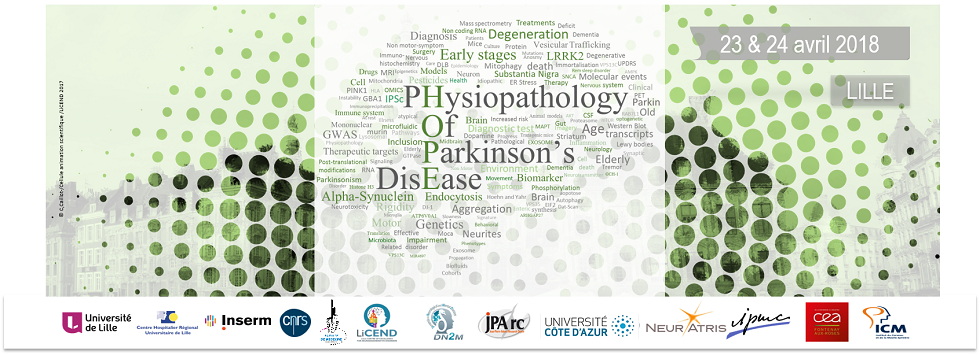Neurological syndromes such as Alzheimer's (AD), Parkinson (PD) and Huntington (HD) diseases shares similar degenerative signatures that include progressive neuronal dysfunctions affecting topographically predictable brain regions accompanied by the accumulation of abnormally folded protein. Prion-like amplification of host encoded alpha Synuclein (α-Syn) may support spatial spreading of PD-hallmarks along neuronal pathways in genetically engineered rodent models. Yet, whether or not this scenario occurs in the human brain is of paramount importance but remains to be substantiated.
Here we re-constructed in microfluidic devices cortico-cortical oriented neuronal networks using human induced pluripotent stem cells derived from healthy donor. We provide unique experimental evidences that different strains of human α-Syn disseminate in "wild-type" human neuronal networks in a prion-like manner. The results show that two distinct α-Syn strains we named fibrils and ribbons are transported, traffic between neurons and trigger to different extents, in a dose and structure dependent manner, the progressive accumulation of PD-like pathological hallmarks by recruiting the endogenous soluble α-Syn.

 PDF version
PDF version
